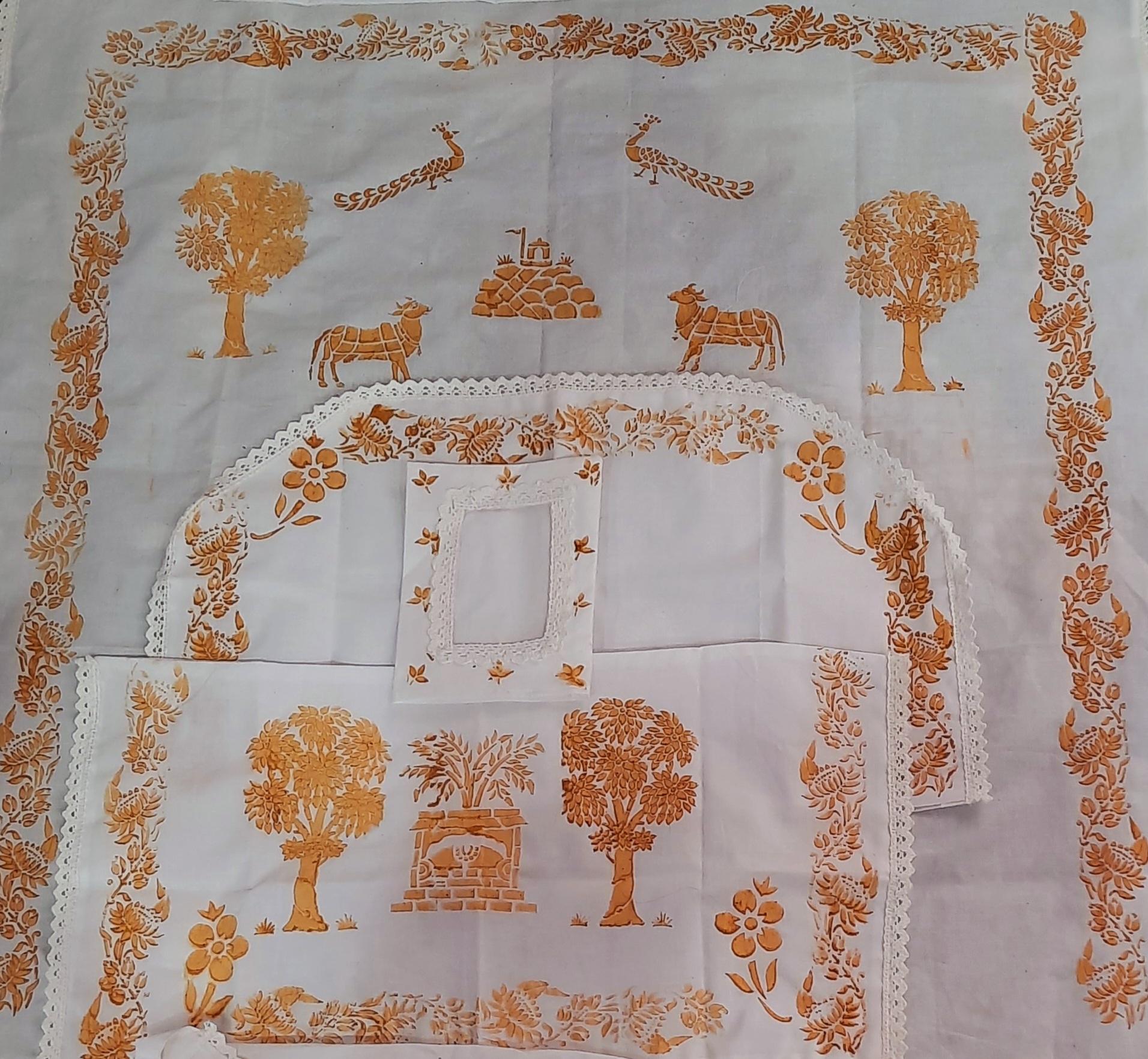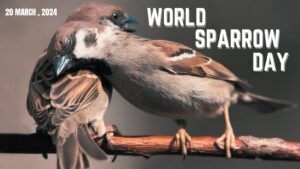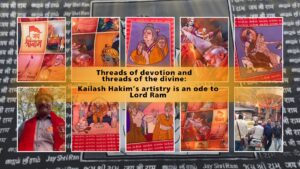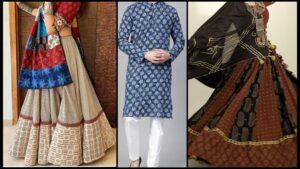Imagine you are living in the 16th century. The temperature is soaring high outside at 43 degrees. There are no air conditioners or coolers around you and you are finding ways to keep your house and yourself cool. There were damp khus carpets hanged on the windows while the very soft mulmul fabric was worn. This is the time of Akshay Tritya which is also known as the Chandan Yatra period in India. This phase of the year which marks the beginning of summer is also celebrated in various religions as per their norms. The Pushtimarg Sampraday, a sub- tradition of Vaishnavism celebrates summer in the best possible manner.
Benefits of celebrating summer with Chandan
The daily rituals of Ushnakaal (summer season) comes with all things chandan. The chandan chapa vastra are offered along with the fans of chandan, kunja of clay, gulab dani, khus etc. Even the shringar is made of chandan where the powder of sandalwood is mixed with rose water and beads are formed which is then made into a mala or offered in the god’s arms and feet.
There are multiple benefits of sandalwood. It was dadima’s nuskha to apply the chandan paste on the forehead if one is suffering from headache, exhaustion or sleeplessness due to high temperature. It’s a proven fact that sandalwood helps release tension and provides refreshing and chill vibes in the environment as well as in the mind and body. There has also been a finding where the aggression level of a person would drop on putting chandan tika on the forehead. Sandalwood is also anti- inflammatory which has power to prevent one from acne, itching and burning sensations.
How is Chandan Chapa made?
The purest sandalwood in India is found in Mysore. So it is usually brought from there. One of the beautiful thing about this form of art is that it can be learnt and done by anyone as the motifs are made from the ready made Sanjhi stencils. Firstly, a mixture is created as a medium to paint. The proportion goes like this where in 1 kg chandan powder, is mixed with 500 gm bedaana (a sticky solution), 10 gm kesar (saffron), 25 gm baras (minty camphor powder), edible orange colour and rose water as per the requirement. To make the beads, knead it as a dough and make balls out of it, while to use the same mixture to paint, the consistency must be thinner.
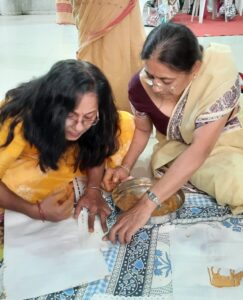 A pure white mulmul fabric is chosen to print the designs as that colour would work as the best possible contrast. Sanjhi stencils are then placed over the cloth and a sponge dabbed in the chandan paste is dabbed to get the desired designs. Motifs would include the Gowardhan Parvat, trees, birds, animals, floral borders, Krishna Leelas and Gopis.
A pure white mulmul fabric is chosen to print the designs as that colour would work as the best possible contrast. Sanjhi stencils are then placed over the cloth and a sponge dabbed in the chandan paste is dabbed to get the desired designs. Motifs would include the Gowardhan Parvat, trees, birds, animals, floral borders, Krishna Leelas and Gopis.
Post the fabric is offered to Shrinathji, if one sprays a bit of rose water on it every day, the room would be filled with the fragrance of chandan which then would make the entire atmosphere of the household cool and pure.

